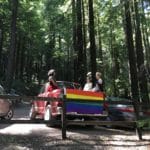
Maclovia Quintana, Program Committee Chair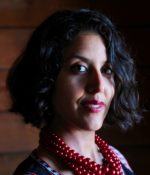
How did you first discover our Balkan Music & Dance Workshops (Balkan Camp), and what keeps you coming back?
I originally heard of camp from Corinne Sykes, back in 2010 or so. Corinne and I sang together in the Yale Women’s Slavic Chorus. She had gone to East Coast camp, and after she moved to California in 2010, she started encouraging Slavs to come to Mendocino. I attended my first camp in Mendocino in 2011, with two other Slavs, Anna Rose Gable and Nila Bala. We attended as “Package A” campers, leaving on Tuesday. We were totally amazed and overwhelmed. I came back in 2012, again for half the week, and felt so sad to have to leave on Tuesday. Since then, I’ve come every year for the full week.
What is one of your favorite memories of Balkan Camp?
I have so many favorite memories of camp, it’s hard to pick just a few. One of them was in 2012, having a fantastic jam session in our cabin on the far side of the meadow. We recorded the session, and you can hear the loud popping of the fire in the background. Each year, the various current and former members of the Slavic Chorus perform a Kafana set, and this past year we were (as always) hard pressed to find rehearsal space. Melinda Russial snapped this great picture of Corinne, Anna Rose, and I rehearsing in Corinne’s truck, which we had lovingly named the “Big Gay Truck.”
Have you volunteered with the EEFC before? If so, in what capacity?
I volunteered for the last year as a member of the programming committee. I’ve also volunteered as an auctioneer at West Coast camp for the past 3 or 4 years.
What inspired you to become a board member?
I was inspired to become a board member, because I care very deeply about the organization and about the magical space of Balkan Camp. I think we’re at a very critical moment for our organization and our community, and I wanted to be an active part of the conversation of how we move forward.
What Balkan projects/events/bands/groups do you participate in?
I’m currently singing with Kitka. My husband Adam and I also have a fledgling band based in San Francisco, called Macedoine, which is doing primarily Turkish psychedelic music.
What would you tell someone considering attending Balkan Camp for the first time?
To someone considering attending camp for the first time, I would say: absolutely do it! I think that you get something out of camp whether you come for one year or for 30 (though I do think the effect is compounding year after year). It is an amazing community of people, and the musical resources you have access to at camp are truly unparalleled.
Kristina Vaskys, Scholarship Committee
How did you first discover our Balkan Music & Dance Workshops (Balkan Camp), and what keeps you coming back?
My first Balkan Camp was in 2004, at Hi-Rock. As a college student, I was part of the Duquesne University Tamburitzans, which gave me my first introduction to Balkan music and dance. After mainly playing music with the group and wanting to learn more about dance, I sought out Michael Ginsburg’s dance class in New York, which became my entry point into this community. Those dancers were the ones who welcomed me in, helped me learn the dances, and introduced me to the joys of Golden Fest and Balkan Camp. Having financial need that year, I applied for and received a KEF Scholarship. I was hooked after the very first day of camp. Initially, I was enamored of the plethora of learning opportunities that were available, but as time progressed I began to make more connections within the community itself. Being able to bond with so many people across different generations is very meaningful to me, and seeing our community grow and develop over time is one of the many things that keeps me coming back.
What is one of your favorite memories of Balkan Camp?
One night in 2009, a group of us stayed up late enough at kafana that we saw the sun rise. As the sun rose, Georgi Petrov, Kalin Kirilov, and Matt Moran serenaded us outside with a joyous and masterful improvisation. It was one of those magical kafana moments that you can never anticipate but always remember the most.
Have you volunteered with the EEFC before? If so, in what capacity?
In the past, I have served on the scholarship committee and will do so again this year.
What inspired you to become a board member?
The EEFC seems to be at an interesting and crucial crossroads right now, both trying to honor the traditions of those who have gone before while simultaneously embracing innovation, change, and vitality. We’re figuring out what it means to be a traditional community within the context of our modern society, embrace the needs of multiple generations, and how to keep the organization going in the future. I was inspired by the many lunchtime meetings I attended at camp addressing these topics and felt that now is the time for me to step up and give back to the community that has already given so much to me.
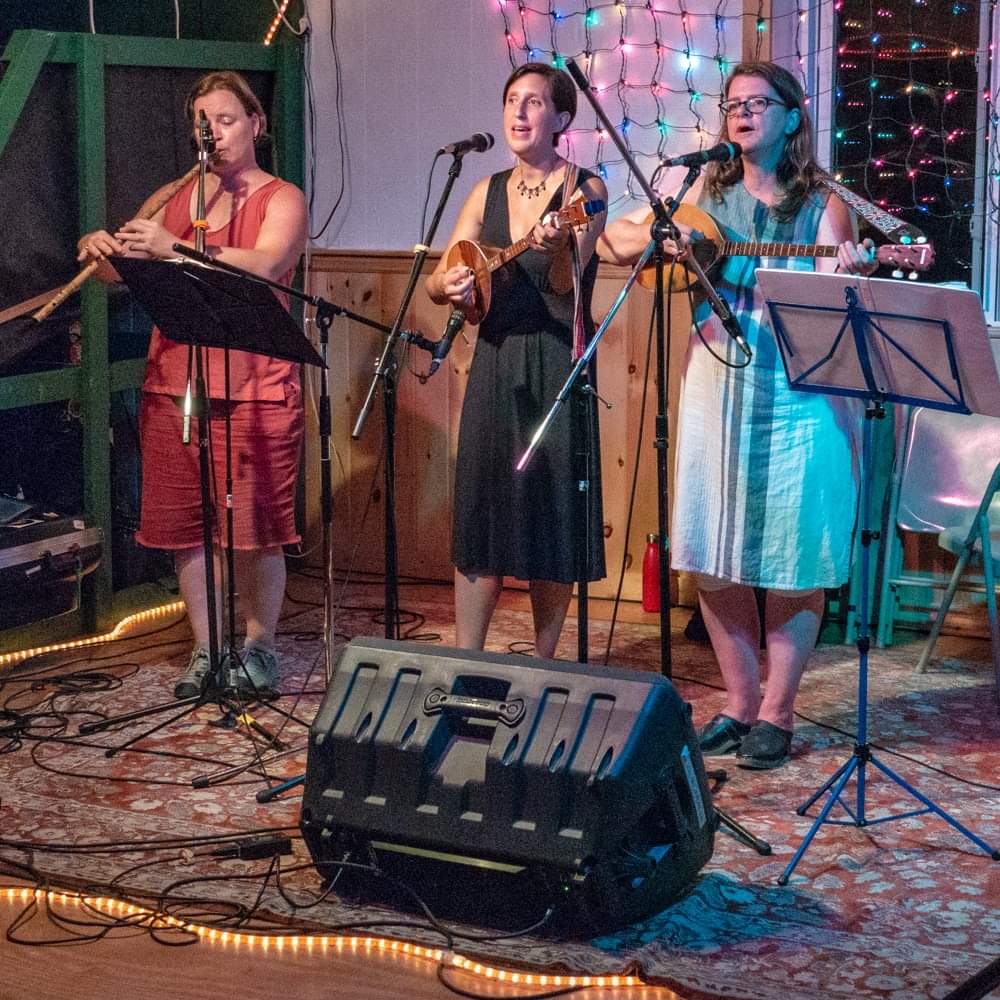
What Balkan projects/events/bands/groups do you participate in?
I currently sing and play tambura with Niva, a Macedonian village ensemble made up of four women (Bridget Robbins, Corinna Snyder, Emily Geller, and myself).
What would you tell someone considering attending Balkan Camp for the first time?
If you can make it happen, go! You won’t be disappointed. While you’re there, don’t forget to pace yourself, and take time out to recharge and clear your head (napping, reading, swimming, etc.). And finally, try something new and revel in the unexpected. Some of the best experiences you’ll have are the ones you couldn’t have possibly planned.
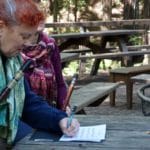

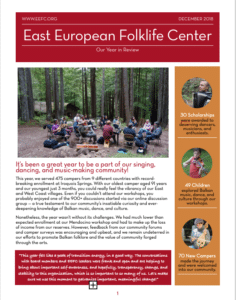


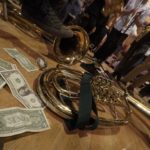
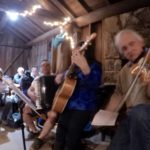
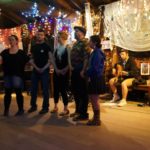
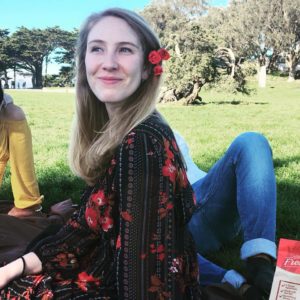 Many of you know Camille Holmes, but for those of you who haven’t had the pleasure of making her acquaintance, we’re excited to introduce this friendliest of west coast campers. Camille began her career with the EEFC in 2013 as an intern. She literally wrote the book on volunteering by helping us develop and organize our volunteer manual. Since 2015, she’s served on the Program Committee, and we are so grateful for her spirit and years of dedication!
Many of you know Camille Holmes, but for those of you who haven’t had the pleasure of making her acquaintance, we’re excited to introduce this friendliest of west coast campers. Camille began her career with the EEFC in 2013 as an intern. She literally wrote the book on volunteering by helping us develop and organize our volunteer manual. Since 2015, she’s served on the Program Committee, and we are so grateful for her spirit and years of dedication!
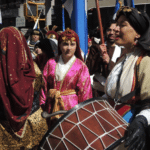
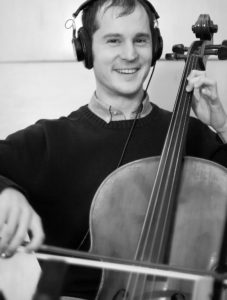 make better mixing decisions. Once I have a band dialed in, I typically leave my ear plugs in the rest of the time.
make better mixing decisions. Once I have a band dialed in, I typically leave my ear plugs in the rest of the time.